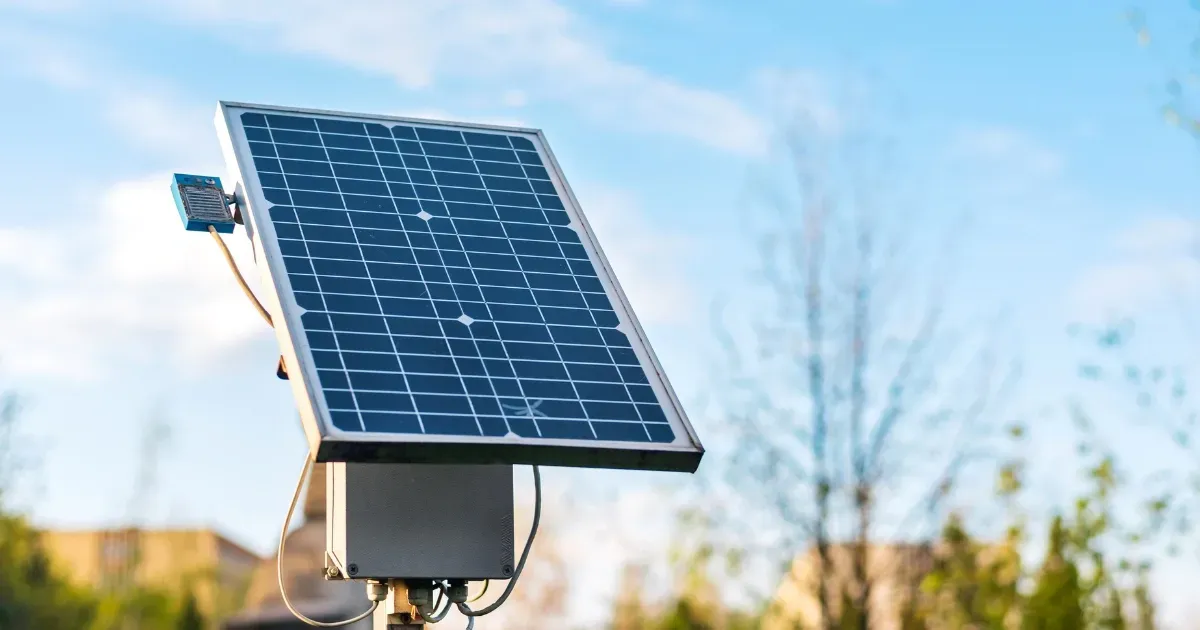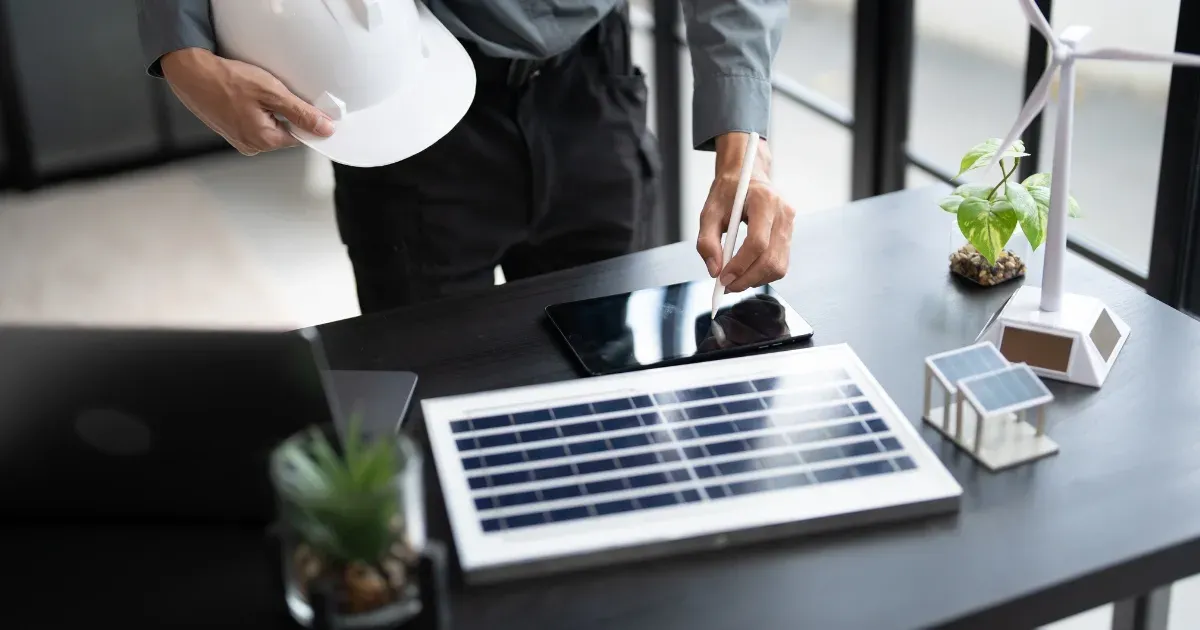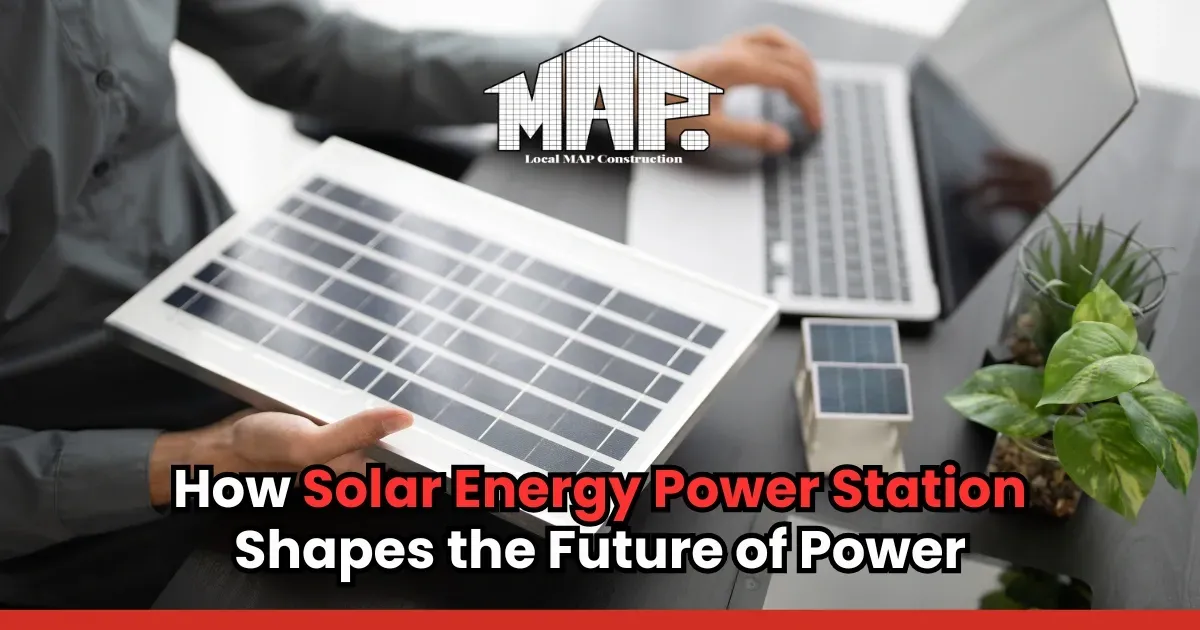How Solar Energy Power Station Shapes the Future of Power
Energy is entering a new era, with one solution leading the way. A solar energy power station converts the sun’s natural energy and turns it into reliable electricity for homes and communities. It uses clean solar power stations instead of fuels that harm the environment. Homeowners today are asking how they can cut costs, prepare for backup power, and support renewable options that last. This article explores how these power sources work, why they matter, and what makes them different from other energy systems.
Why Are Solar Energy Power Stations Important for Homeowners Now?
Homeowners today face rising electricity bills, unpredictable storms, and a growing need for home backup power. A solar energy power station provides peace of mind by delivering reliable energy that reduces reliance on the grid. Families can also benefit from solar generators and portable solar generator units for added flexibility during storm outages or outdoor activities. By turning sunlight into usable energy, these stations protect households from future cost spikes. They also allow homeowners to invest in a long-lasting, sustainable solution that benefits both their home and community.
What Are the Different Types of Solar Energy Power Stations?

Not all solar power stations are the same. Each type has unique technology that captures solar radiation and turns it into usable electricity. Homeowners and communities can explore three main options that range from simple photovoltaic power station setups to advanced systems combining multiple energy sources.
Photovoltaic Stations
A photovoltaic power station uses a solar panel kit to directly convert sunlight into electricity. These stations are often found in utility-scale solar projects or as part of smaller portable energy solutions. With fixed tilt solar arrays or single-axis trackers, they adjust to capture more sunlight and improve the performance ratio. Many are supported by feed-in tariffs, making it easier for homeowners and businesses to generate income while lowering grid reliance.
Concentrated Solar Power
Concentrated solar power works differently by using concave mirrors and concentrating collectors to focus sunlight. This heat warms a thermally conductive fluid, which then runs through a thermodynamic cycle to generate electricity. This process depends heavily on heat transfer, moving solar energy into usable power with efficiency. These systems resemble solar thermal power plants and often require large areas of agricultural land or open desert. Their ability to store heat energy makes them a strong option for large-scale projects.
Hybrid Solar Systems
Hybrid solar systems combine solar panels with other power sources such as wind or gasoline generators. They are a practical choice for off-grid living, RVs, backup power during outages, or even entire neighborhoods that need reliable and diverse energy options. These systems use modern storage solutions, including lithium batteries, LiFePO4 technology, and advanced battery generator setups, to keep energy available when it’s needed most. With smart safety features, energy optimization tools, and integrated power outlets, hybrid systems give homeowners flexible control over their power use.
How Are Solar Energy Power Stations Different from Other Sources?

While many energy sources exist, solar power stations stand apart by producing electricity without pollution or fuel dependence. To see how they compare, it helps to look at how they stand against wind, water, fossil fuels, and nuclear options.
Wind Power
Wind energy requires large turbines and strong airflow. Unlike a portable generator, it cannot provide flexible or personal portable power station solutions for homes. A solar panel system, however, can be set up in residential areas with solar array arrangements and dual-axis trackers to maximize power output. Wind farms also take up more space and often disrupt landscapes compared to compact solar park projects.
Hydropower
Hydropower depends on rivers and dams, making it site-specific. In contrast, a solar energy power station can be installed on rooftops, agricultural land, or as a large-scale photovoltaic system. Hydropower projects may harm ecosystems, while solar delivers clean energy without damaging natural water systems. This makes solar more adaptable for local and residential use.
Fossil Fuels
Fossil fuels rely on combustion, which causes harmful emissions. Unlike solar generators and portable solar generator devices, fossil fuels cannot offer renewable portable power or safe outdoor recreation energy. Solar also cuts long-term costs by avoiding fuel supply issues. In a world where solar can match the same cost as traditional power, it provides a future-focused option with greater independence.
Nuclear Energy
Nuclear power creates massive amounts of electricity but comes with risks and waste storage problems. A solar energy power station operates safely with solar input port systems, DC interface, and AC outlets for everyday power tools or smart device charging. While nuclear requires power plant-scale investment, solar can scale down to a camping trip with a foldable solar charger or up to a whole-home backup solution. The flexibility and safety of solar make it a more accessible choice for families and businesses.
How Do Solar Energy Power Stations Affect Communities?
When communities invest in solar, the benefits go beyond individual households. Solar energy creates cleaner air and healthier living conditions. Read on to see how solar energy power stations make a lasting impact on communities.
Reduced Carbon Emissions
By replacing fossil fuels, solar energy reduces greenhouse gases. Communities that adopt solar power stations directly cut their carbon footprint. This shift supports renewable portable power growth and lowers reliance on harmful gasoline generators. Over time, these changes protect natural resources for future generations.
Cleaner Air Quality
Fewer emissions lead to healthier air. Residents benefit from less air pollution and reduced health issues caused by contaminants. A photovoltaic power station paired with battery storage generator options delivers clean energy without harmful side effects. This change supports better living standards for families and neighbors.
Climate Change Mitigation
Communities that adopt solar play an active role in slowing climate change. Utility-scale solar and solar thermal power plants offset large amounts of solar radiation that would otherwise be lost. Tools like built-in remote monitoring and energy optimization capabilities make these projects more efficient. The result is lasting resilience against rising global temperatures.
When Should Communities Invest in Solar Energy Power Stations?
There’s no better time to invest than right now. Rising electricity costs and frequent storm outages make solar the smart choice for both homes and towns. Communities can set up solar generators as backup power during emergencies or build a solar park for long-term supply. With off-grid power sources and portable energy solutions, households can start small and expand later. The sooner communities move to solar, the sooner they enjoy cost savings and environmental benefits.
Frequently Asked Questions
How much does a solar energy power station cost to build?
A solar energy power station's cost depends on size, battery capacity, and solar array arrangements. Large power plant projects cost more but offer higher output. Small-scale setups can be affordable for residential use.
Are solar energy power stations reliable during cloudy days?
Yes. With battery storage generator systems, solar panel kits, and lithium-ion battery support, they can still deliver power. Stored energy keeps homes running through cloudy periods. Advanced performance ratio technology also boosts efficiency.
What is the lifespan of a solar energy power station?
A photovoltaic power station can last over 25 years with proper care. Systems using lithium battery technology or LiFePO4 battery technology also extend their longest-lasting lifespan. Maintenance of solar panel components improves durability.
How much land is needed for a solar energy power station?
Utility-scale solar often requires several acres of agricultural land or open fields. Residential systems need far less, usually just a rooftop or backyard. Larger solar park projects may take more space but supply power to entire communities.
What challenges do solar energy power stations face?
Some challenges include solar radiation variability, upfront costs, and space availability. Others involve power conversion, collector structure complexity, or limited extension cables for remote setups. However, ongoing technology advancements continue to improve efficiency.
Wrapping
The rise of solar energy power station projects signals a shift toward cleaner living and smarter energy use. They help families gain backup power, reduce reliance on costly fuels, and adopt modern renewable portable power solutions. By comparing their advantages to wind, water, fossil fuels, and nuclear, it is clear solar offers unmatched flexibility and safety.
These stations are not just for cities. They support off-grid living, outdoor lifestyles, and everyday needs like charging digital cameras, CPAP machines, or running power tools. With features such as USB-C ports, AC outlets, pure sine wave control, and short circuit protection, they adapt to nearly any situation. Solar projects also promote cleaner communities through reduced emissions, better air, and climate-friendly action.
At
Local Map Construction, we specialize in professional work that helps homeowners and communities explore the best solar solutions. From portable generators to whole-home systems, we bring future-ready energy backed by expert design and efficient heat transfer technologies. Call us today at 970-218-1620 to learn how solar can power your future.

